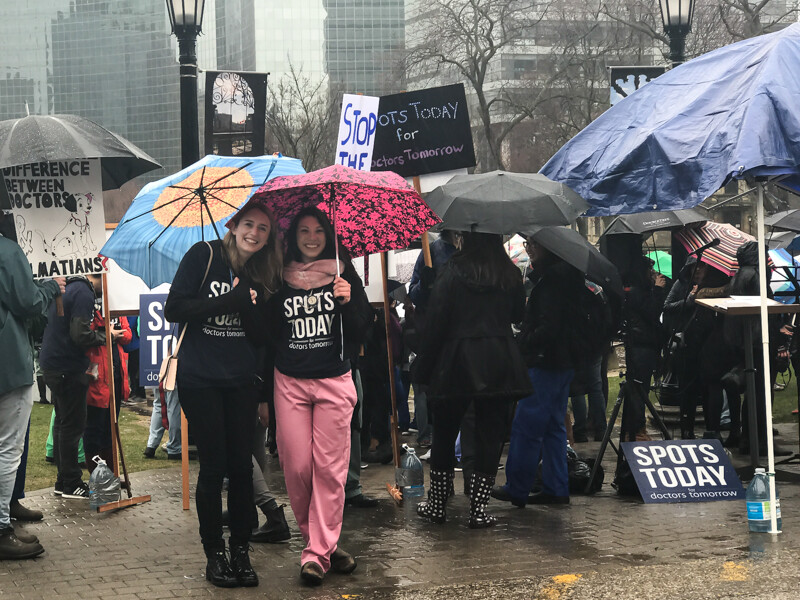Mobile Menu
-
MD Program
- Curriculum
- Interprofessional education
- MD Plus: Combined & Dual Degree Programs
- Academies
- Policies and Procedures
- Teaching in the MD Program
- Affiliated programs
- CACMS Accreditation
- Admissions
-
Student Resources
- Office of Learner Affairs (OLA)
- Community of Support
- Summer Mentorship Program
- Student Mistreatment
- Academic Calendar
- Incoming Students
- Resources for Indigenous Students
- Registration Requirements & Requests
- Research Opportunities
- Graduation & Alumni
- Student Tools & e-Resources
- Finances & Awards
- Student Assistance
- School Absences
- About Us
- MD/PhD Program

 For a brief moment in time, “Jack” didn’t think he’d find himself nearly three months into his internal medicine residency after being unmatched after the second round of the Canadian Resident Matching Service (CaRMS) matching process.
For a brief moment in time, “Jack” didn’t think he’d find himself nearly three months into his internal medicine residency after being unmatched after the second round of the Canadian Resident Matching Service (CaRMS) matching process.